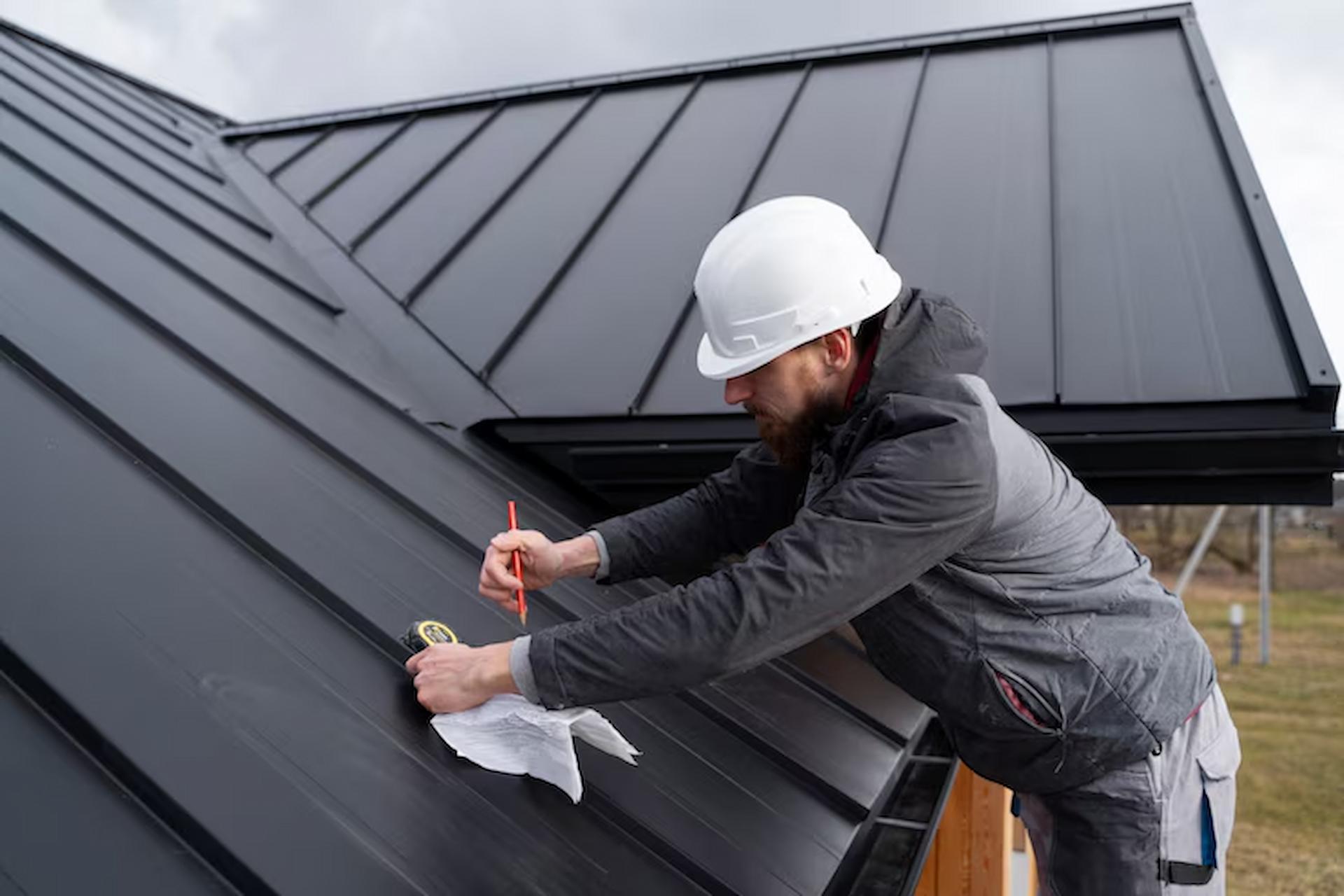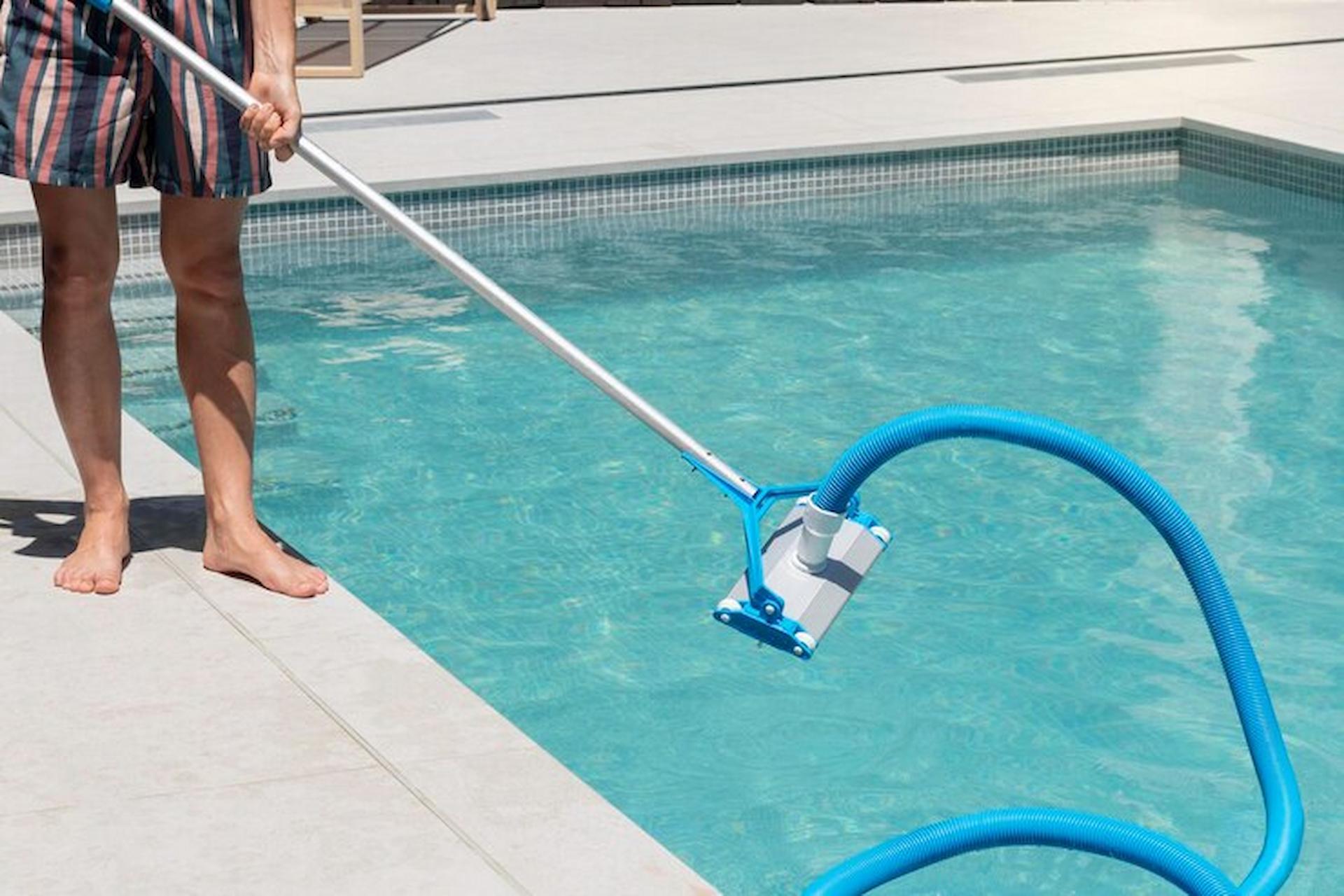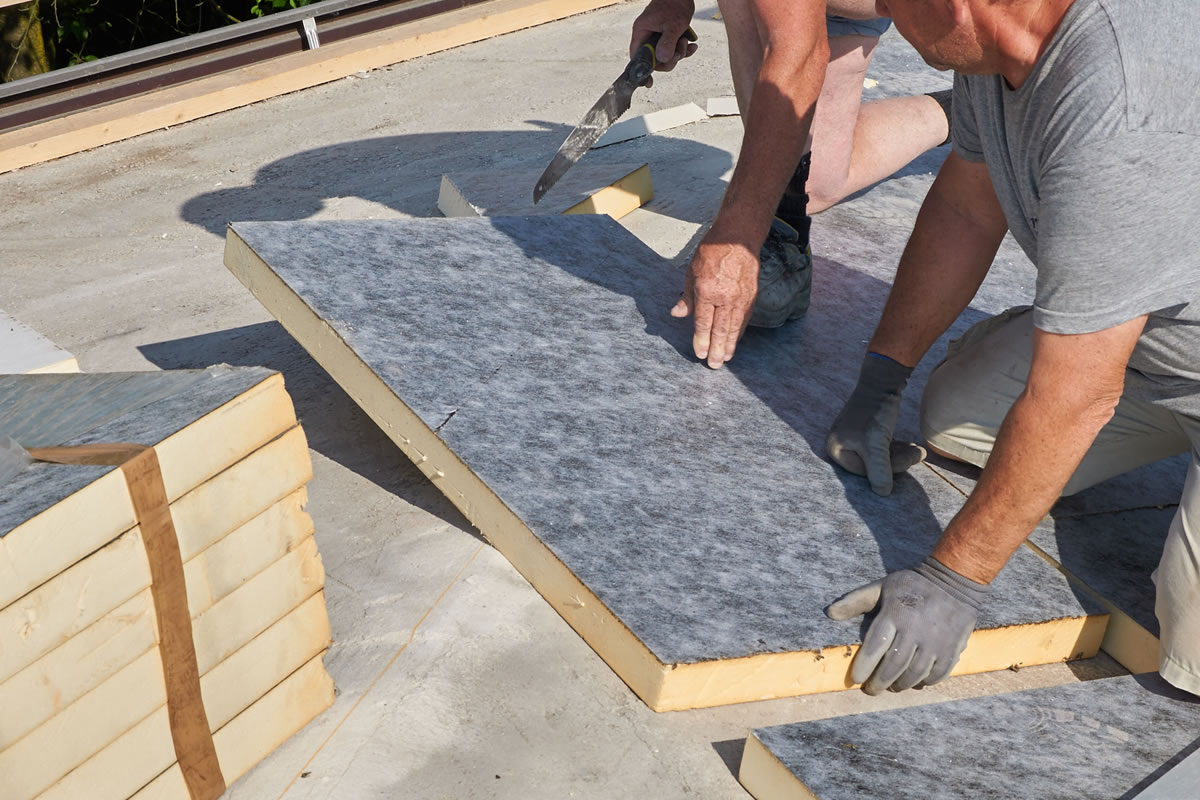Installing a new roof can significantly enhance your property’s longevity and aesthetics. However, it’s crucial to prioritise safety during the process to ensure the well-being of both workers and occupants. EPDM (Ethylene Propylene Diene Monomer) roofing, known for its durability and weather resistance, requires careful installation procedures to maximise its benefits. In this comprehensive guide, we’ll explore essential safety protocols for EPDM roof installation, providing invaluable insights for professionals and homeowners alike.
Understanding EPDM Roofing
EPDM, often called “rubber roofing,” is a synthetic rubber membrane widely used in low-slope buildings. Its popularity stems from its exceptional resistance to weathering, ozone, and UV radiation, making it a preferred choice for various commercial and residential applications. EPDM roofs offer durability and longevity, typically lasting 30 years or more with proper maintenance.
Safety First
Prioritising safety is paramount during any roofing project, and EPDM installation is no exception. Rubberbond roofing Surrey installers ensure safety protocols to mitigate risks and ensure a smooth, accident-free process.
Proper Training: Ensure all roofing personnel are adequately trained in EPDM installation techniques and safety procedures. Investing in comprehensive training programs reduces the likelihood of accidents and ensures proficiency in handling roofing materials and equipment.
Personal Protective Equipment (PPE): Equip all workers with appropriate PPE, including safety helmets, gloves, safety glasses, and non-slip footwear. Protective gear shields workers from hazards such as falls, sharp objects, and chemical exposure, promoting a safe working environment.
Fall Protection: Implement robust fall protection measures to prevent accidents from elevated surfaces. Utilise guardrails, safety harnesses, and lifelines to safeguard workers working at heights. Conduct regular inspections of fall protection equipment to ensure compliance with safety standards.
Safe Material Handling: Exercise caution when handling EPDM roofing materials to minimise the risk of strain injuries and accidents. Use mechanical lifting aids or teamwork to transport heavy rolls of EPDM membrane safely. Proper lifting techniques and ergonomic practices reduce the likelihood of musculoskeletal injuries among workers.
Weather Awareness: Monitor weather conditions closely and avoid working on the roof during inclement weather, such as high winds, rain, or extreme temperatures. Adverse weather conditions not only compromise worker safety but also affect the quality of EPDM installation.
Tool Safety: Maintain tools and equipment in good working condition to prevent malfunctions and accidents. Regularly inspect power tools, ladders, and other equipment for signs of wear or damage, and promptly repair or replace defective items. Provide proper training on tool usage to minimise the risk of accidents.
Benefits of Adhering to Safety Protocols
Strict adherence to safety protocols during EPDM roof installation offers numerous benefits for both contractors and property owners:
Reduced Risk of Injuries: Prioritizing safety minimises the likelihood of workplace accidents and injuries, fostering a safer and more productive work environment.
Enhanced Quality: Proper safety measures ensure that EPDM roofing is installed correctly, optimising its performance and longevity. Quality craftsmanship translates to fewer maintenance issues and greater satisfaction for property owners.
Compliance with Regulations: Following safety standards and regulations demonstrates professionalism and accountability, instilling confidence in clients and regulatory authorities.
Cost Savings: Investing in safety upfront helps mitigate the financial impact of accidents, insurance claims, and potential legal liabilities. It also reduces downtime associated with injuries or accidents, maximising project efficiency and profitability.
Ensuring a Safe Work Environment
Creating a safe work environment requires proactive measures and ongoing vigilance. In addition to the fundamental safety protocols outlined earlier, consider the following strategies to further enhance safety during EPDM roof installation:
Site Assessment: Conduct a thorough work site assessment before commencing the project. Identify potential hazards such as overhead power lines, uneven terrain, or nearby structures that may threaten workers’ safety. Implement appropriate control measures to mitigate these hazards and create a safe working environment.
Communication: Effective communication is essential for coordinating tasks and ensuring everyone knows of safety protocols and potential risks. Hold regular safety meetings to discuss project-specific hazards, review safety procedures, and address any concerns or questions team members raise. Encourage open communication channels where workers feel comfortable reporting safety issues or near misses without fear of reprisal.
Emergency Preparedness: Prepare for emergencies by developing comprehensive emergency response plans and providing training to all workers. Ensure that emergency contact information, first aid kits, fire extinguishers, and other essential safety equipment are readily accessible on-site. Conduct regular drills to practice emergency procedures and familiarise workers with evacuation routes.
Supervision and Monitoring: Assign dedicated supervisors or safety officers to oversee the project and monitor compliance with safety protocols. These individuals should be able to enforce safety rules, intervene in unsafe practices, and guide workers as needed. Regularly inspect the work site to identify and address potential safety hazards promptly.
Documentation and Record-Keeping: Maintain detailed records of safety training, inspections, incidents, and near misses throughout the project. Documentation is a valuable tool for evaluating safety performance, identifying trends or recurring issues, and implementing corrective actions to prevent future incidents. Share relevant safety information with all project stakeholders to promote transparency and accountability.
The Role of Property Owners: While rubberbond roofing installers are responsible for ensuring safety during EPDM roof installation, property owners also play a crucial role in promoting a safe work environment. Property owners can support safety efforts by:
Conclusion
Safety is not just a priority but a fundamental requirement for any successful EPDM roof installation project. By implementing comprehensive safety protocols, rubberbond roofing installers can mitigate risks, protect workers’ well-being, and ensure the quality and longevity of the roofing system. From training and personal protective equipment to communication and emergency preparedness, every aspect of safety contributes to the project’s overall success. Property owners also play a vital role in supporting safety efforts and fostering a collaborative approach to risk management. By working together and embracing safety as a core value, stakeholders can achieve their goals while maintaining a safe and productive work environment.



